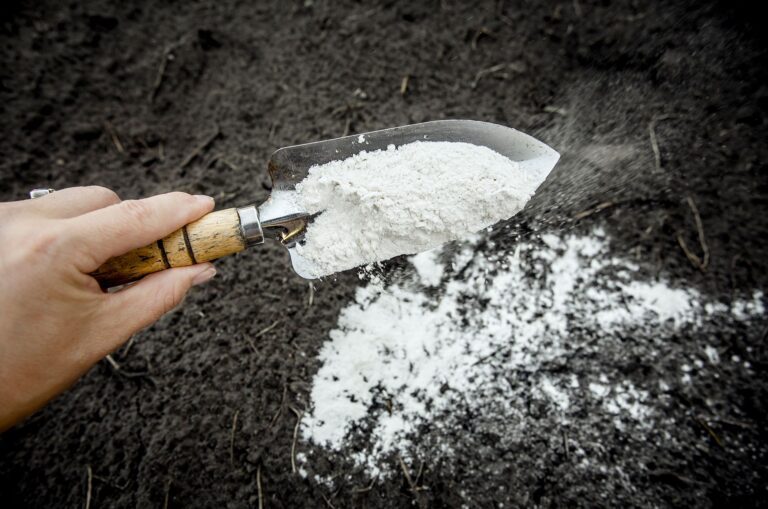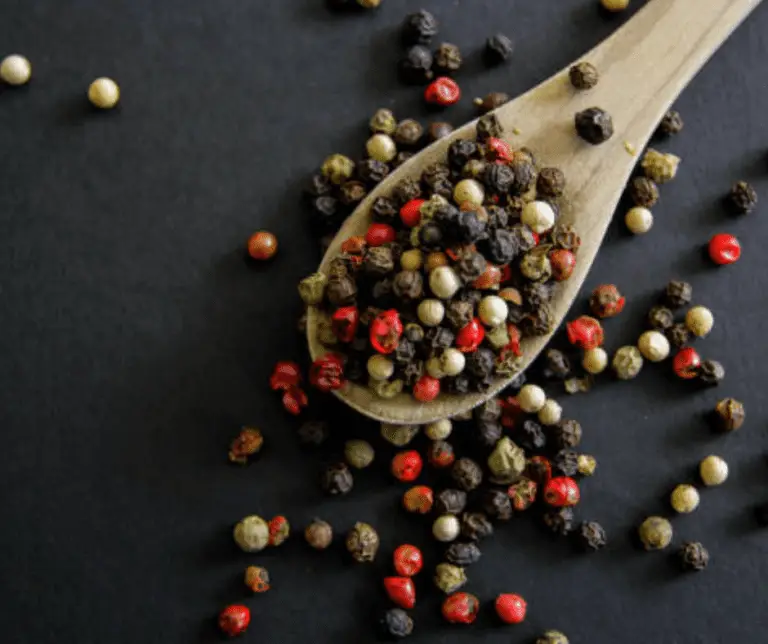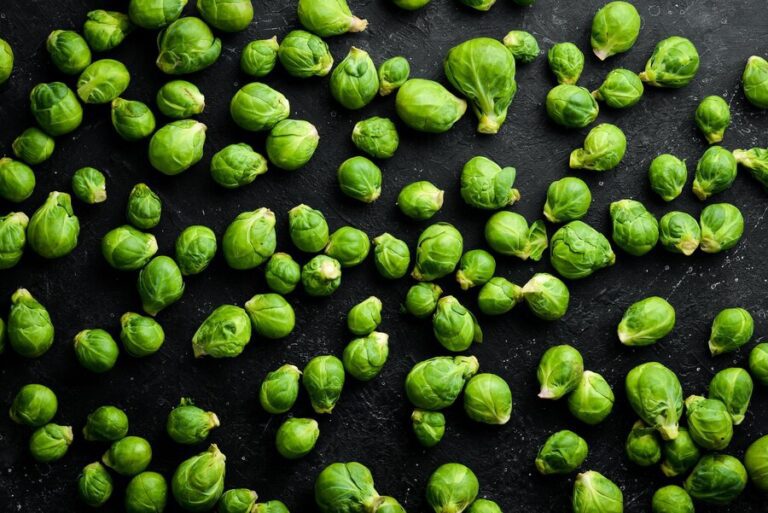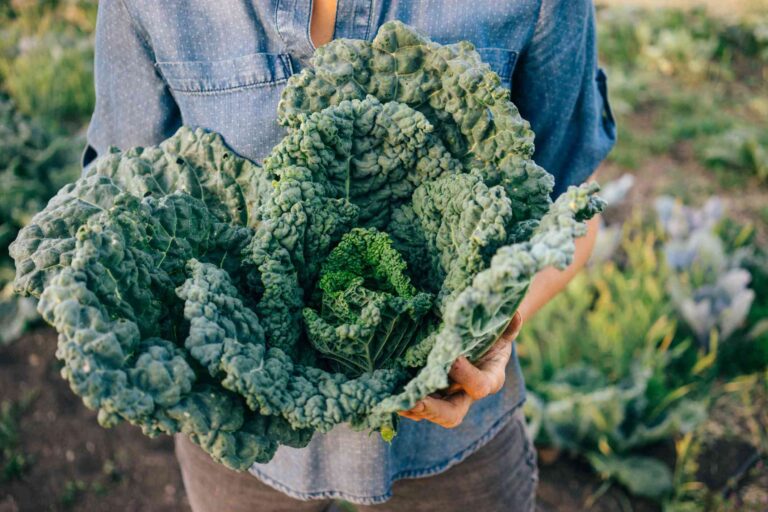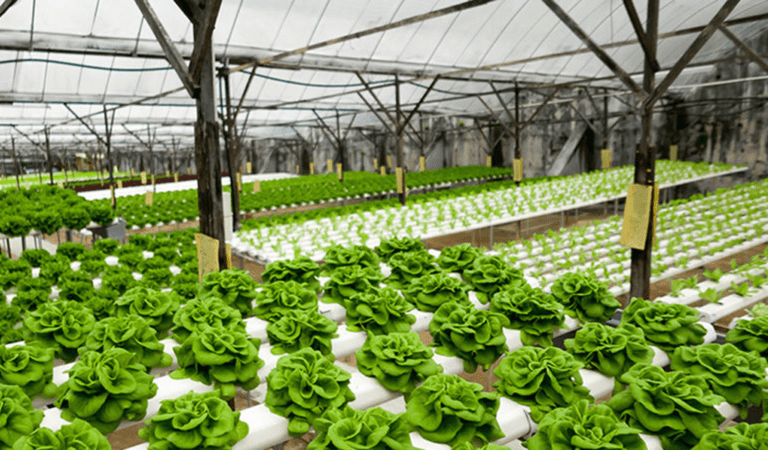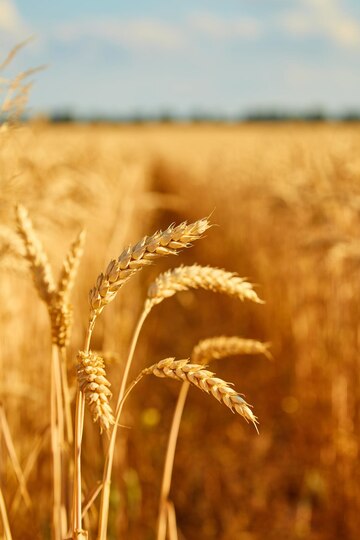Vanilla Bean Origins: Exploring The best Vanilla Cultivation Method
Table of Contents
Vanilla Bean Origins
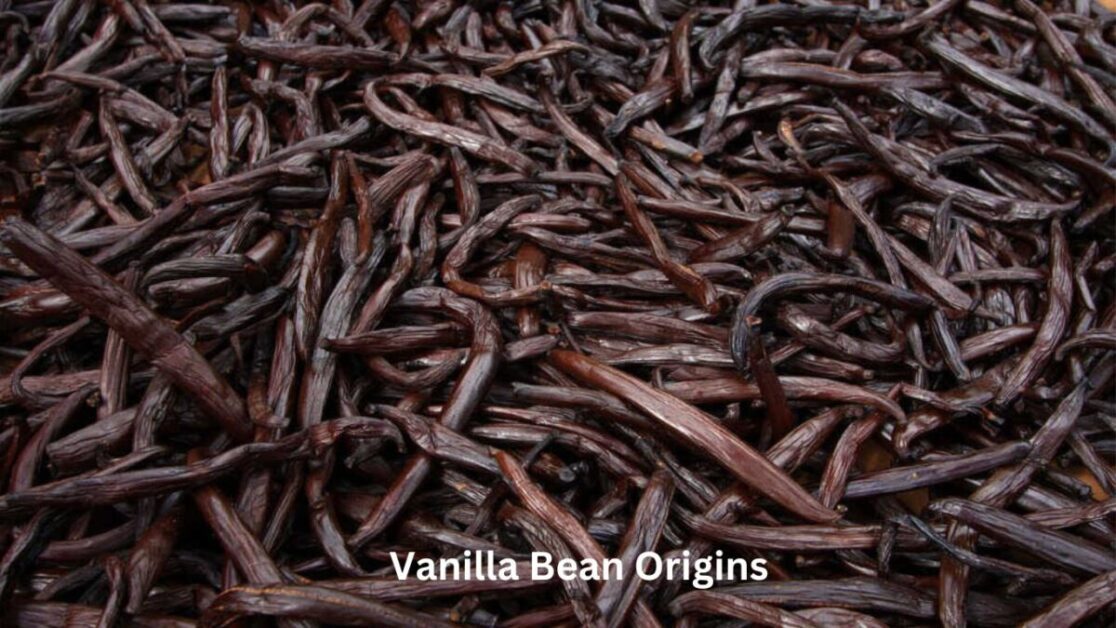
Vanilla beans, known for their distinct aroma and flavor, originate from the orchids of the Vanilla genus. These plants are native to tropical regions of Mexico and Central America, with the first documented usage of vanilla dating back to the Aztecs in the 15th century. Revered for its culinary and medicinal properties, vanilla quickly gained popularity and spread to other parts of the world.
The cultivation and trade of vanilla beans expanded over the centuries, with European explorers introducing vanilla to various countries such as Madagascar, Reunion Island, Tahiti, and other tropical regions. Today, Madagascar is the leading producer of vanilla beans, accounting for a significant portion of the global supply. The unique and labor-intensive process of hand-pollinating vanilla orchids contributes to the premium quality and flavor profile of Madagascar vanilla beans, making them highly sought after in the culinary industry.
The History of Vanilla Cultivation
Vanilla cultivation has a rich history that spans centuries and is closely intertwined with ancient Mesoamerican civilizations. The Totonac people of Mexico are believed to be the first to cultivate vanilla. They were later conquered by the Aztecs, who also adopted the use of vanilla in their rituals and cuisine. The Spanish conquistadors who arrived in the 16th century were introduced to vanilla by the Aztecs, and it quickly gained popularity in Europe.
Vanilla plants were initially found only in Mexico, and for a long time, the Totonac people held a monopoly on its cultivation. However, it wasn’t until the 19th century that vanilla cultivation spread beyond Mexico. French colonial farmers on the island of Réunion successfully hand-pollinated vanilla orchids, leading to the development of vanilla plantations in other tropical regions such as Madagascar, Tahiti, and other parts of the Indian Ocean. This event marked a turning point in the history of vanilla cultivation, transforming it from a localized practice to a global industry.
Vanilla Plant Varieties
Vanilla, known for its enticing aroma and sweet flavor, comes in several distinct varieties, each with its own unique characteristics. The most commonly cultivated type is Vanilla planifolia, also referred to as Bourbon vanilla, prized for its rich and creamy taste profile. Another prevalent variety is Vanilla tahitensis, often called Tahitian vanilla, showcasing floral and fruity notes that set it apart from its Bourbon counterpart.
In addition to these well-known varieties, Vanilla pompona and Vanilla x tahitensis are also cultivated, though on a smaller scale. Vanilla pompona, commonly found in Central and South America, offers a bolder flavor profile with hints of spice, while Vanilla x tahitensis, a hybrid of Vanilla planifolia and Vanilla tahitensis, combines the best of both worlds with a complex and aromatic taste. Each vanilla variety brings its own distinctive flair to culinary creations, making them sought after by chefs and food enthusiasts around the world.
Ideal Growing Conditions for Vanilla
Vanilla plants thrive in tropical climates where the temperatures stay between 70-90°F (21-32°C) year-round. Adequate sunlight exposure is crucial for healthy growth, so it’s best to plant vanilla in partial shade to protect the delicate leaves from scorching. The ideal soil for vanilla cultivation is well-draining and rich in organic matter, with a slightly acidic to neutral pH level around 5.5-7.0.
Additionally, vanilla plants require high humidity levels of 80-85% to promote optimal growth. To mimic these conditions in drier climates or indoor settings, using a humidifier or regularly misting the plants can help maintain the necessary moisture levels. Providing consistent care, including regular watering and fertilization, is key to ensuring successful vanilla cultivation and a bountiful harvest of those prized vanilla beans.
The Role of Pollination in Vanilla Cultivation
Vanilla cultivation is a meticulous process that heavily relies on natural pollination to ensure successful bean production. The Vanilla planifolia, or commonly known as the vanilla orchid, is the primary species used for commercial vanilla production due to its high-quality beans. Interestingly, vanilla plants are not self-pollinating, and their natural pollinators, such as bees and hummingbirds, are not present in all regions where vanilla is grown.
To overcome this challenge, vanilla farmers often resort to hand pollination, a labor-intensive method that involves transferring pollen from the male parts of the flower to the female parts. This delicate process requires skilled hands and a deep understanding of the plant’s reproductive biology. Successful pollination sets the stage for the development of the vanilla bean, which goes through a lengthy maturation process before reaching its full flavor potential.
Cultivating Vanilla in Different Regions
Vanilla cultivation is not limited to a specific region, as this versatile orchid can adapt to various climates and environments worldwide. In Madagascar, known for its intense vanilla production, the tropical climate and rich, loamy soil provide optimal conditions for vanilla cultivation. The island’s vanilla boasts a unique flavor profile cherished by culinary enthusiasts globally.
In Southeast Asia, countries like Indonesia and Papua New Guinea are emerging as significant players in the vanilla industry. The warm, humid climate of these regions fosters vigorous growth of vanilla vines, resulting in beans with distinct floral and fruity notes. Latin American countries such as Mexico and Costa Rica also have thriving vanilla cultivation sectors, with their beans prized for their rich, creamy undertones. Each region’s cultivation practices and environmental factors influence the final flavor profile of the vanilla beans, making them sought after in different markets worldwide.
Harvesting Vanilla Beans
Vanilla bean harvesting is a crucial stage in the production process, as it directly impacts the quality and flavor of the final product. The timing of the harvest is essential, with vanilla beans being hand-picked when they reach their peak ripeness. The beans should be plump, glossy, and emit a strong vanilla fragrance, indicating that they are ready to be harvested.
Once the vanilla beans are carefully harvested, they undergo a meticulous curing process to develop their distinctive flavor profile. This process involves blanching the beans in hot water, followed by sweating and drying them in the sun during the day and wrapping them in blankets at night. The beans are then stored in a dark, well-ventilated area to further develop their flavor over several months. This attention to detail and traditional curing methods are what distinguish high-quality vanilla beans from the mass-produced varieties on the market.
Processing Vanilla Beans
After the vanilla beans have been harvested, the next step in the process is to cure them. Curing is a crucial stage in developing the characteristic flavor and aroma of vanilla. The beans are typically blanched in hot water, sweated in blankets to promote fermentation, and then sun-dried during the day and placed in airtight containers at night to sweat again. This process can take several months to complete, with regular monitoring to ensure optimal curing.
Once the beans have been properly cured, they undergo the process of conditioning, which involves further drying and resting to stabilize their moisture content. This step is essential to prevent the growth of mold and to maintain the quality of the vanilla beans during storage and transportation. After conditioning, the beans are sorted by size and quality, packaged, and prepared for distribution to markets around the world. The meticulous care and attention to detail at each stage of processing are what contribute to the premium quality of vanilla beans that are highly sought after in the global market.
Quality Control in Vanilla Cultivation
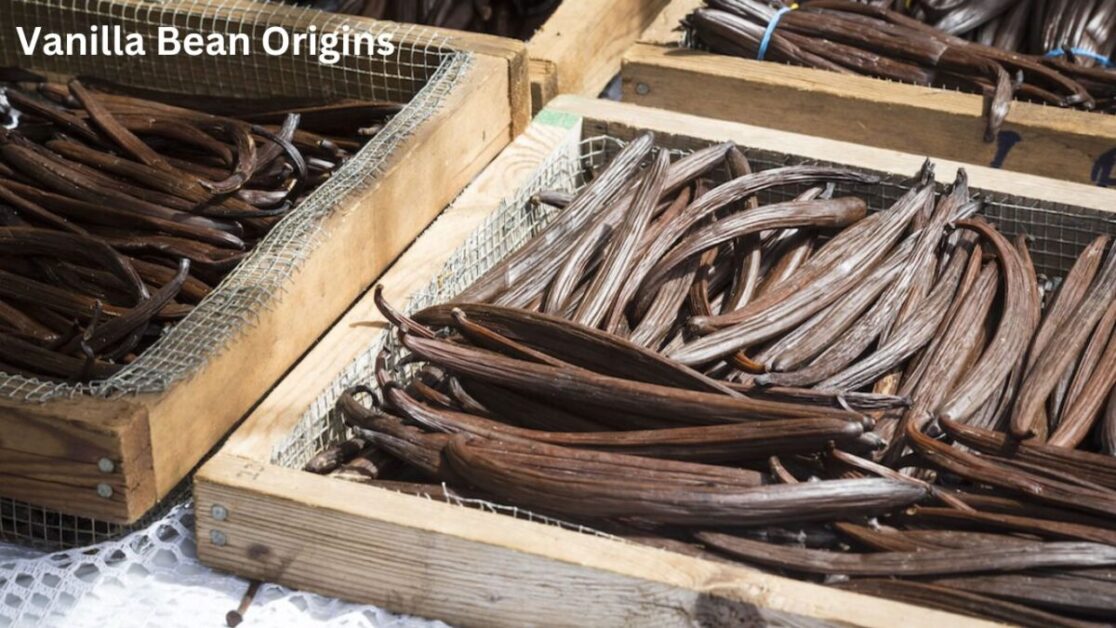
Quality control in vanilla cultivation is essential to ensure the production of high-quality beans that meet the standards of both farmers and consumers. One of the key aspects of quality control is monitoring the growth and development of vanilla plants throughout the cultivation process. This includes regular inspections of the plants for signs of disease, pest infestations, or nutrient deficiencies that could affect the quality of the beans.
In addition to visual inspections, quality control in vanilla cultivation also involves testing the beans for their moisture content, aroma, flavor profile, and appearance. These tests help farmers determine the optimal time for harvesting the beans and ensure that they are properly cured and processed to retain their quality. By implementing stringent quality control measures, farmers can maintain the integrity of their vanilla beans and uphold the reputation of their crops in the global market.
Challenges Faced by Vanilla Farmers
Vanilla farmers face a multitude of challenges in the cultivation of this prized crop. One significant issue is the labor-intensive nature of vanilla farming, particularly during the pollination and harvesting stages. Vanilla orchids require specific care and attention, such as hand-pollination due to the absence of natural pollinators in many regions where vanilla is grown.
Furthermore, the vulnerability of vanilla plants to pests and diseases poses another hurdle for farmers. Insects, fungi, and other pathogens can devastate vanilla crops if not properly managed, leading to potential yield losses and decreased quality of the beans. Finding sustainable and effective methods to control these threats while maintaining organic practices adds another layer of complexity to the already intricate process of vanilla cultivation.
Sustainability Practices in Vanilla Cultivation
Sustainability in vanilla cultivation is crucial for the long-term viability of the industry and the environment. One key practice that farmers are increasingly adopting is agroforestry, where vanilla plants are grown alongside shade-providing trees. This approach not only helps in conserving biodiversity but also enhances soil health and reduces the need for synthetic inputs.
Another important aspect of sustainable vanilla cultivation is the efficient use of resources such as water and energy. By implementing drip irrigation systems and using renewable energy sources, farmers can minimize their environmental impact while maximizing crop yields. Additionally, employing organic farming methods and integrated pest management techniques can help reduce the reliance on harmful pesticides and foster a more balanced ecosystem within vanilla plantations.
The Economics of Vanilla Farming
Vanilla farming is a lucrative sector that offers farmers the opportunity to reap substantial profits. The economic viability of vanilla cultivation stems from its high market demand and relatively low production costs in comparison to other cash crops. The global appetite for vanilla across various industries, including food, beverages, and cosmetics, has created a stable and profitable market for farmers who choose to cultivate this sought-after spice.
The economic landscape of vanilla farming is characterized by its fluctuating prices, driven by factors such as climate conditions, geopolitical events, and supply chain disruptions. Vanilla is a labor-intensive crop, requiring meticulous care and precision throughout the cultivation and harvesting processes, which can impact production costs and ultimately influence market prices. Despite these challenges, vanilla farming presents a promising opportunity for farmers to generate income and contribute to the thriving vanilla industry.
Global Demand for Vanilla
With the growing popularity of natural and authentic flavors in the food and beverage industry, the global demand for vanilla has been steadily increasing. Vanilla is a key ingredient in a wide range of products, including desserts, beverages, and cosmetics, making it a highly sought-after commodity worldwide. According to market research, the demand for vanilla is expected to continue rising due to consumer preferences for real and recognizable ingredients in their products.
The surge in demand for vanilla has also led to challenges in the supply chain, as the cultivation of vanilla beans is a labor-intensive process with specific requirements for growth and harvest. Vanilla production is primarily concentrated in Madagascar, Indonesia, and other tropical regions, where the vanilla orchids thrive in the warm and humid climates. As consumer awareness of vanilla’s origin and quality increases, the need for sustainable and ethically sourced vanilla has become a priority for both producers and consumers.
Innovations in Vanilla Cultivation
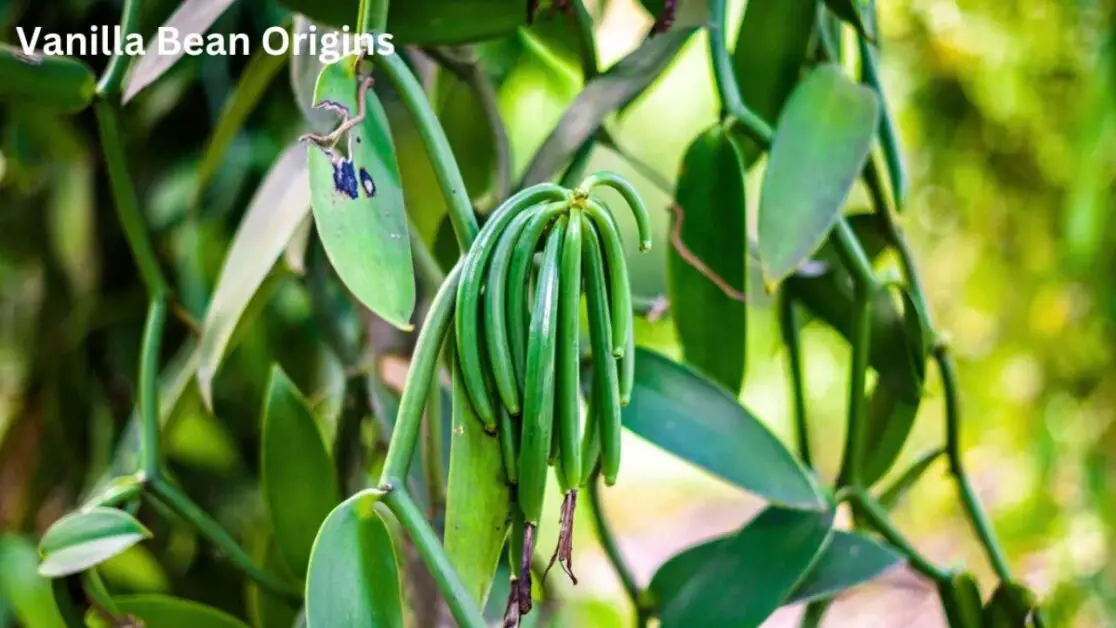
One of the most exciting innovations in vanilla cultivation is the use of tissue culture techniques to propagate vanilla plants. Through tissue culture, multiple disease-free plantlets can be produced rapidly from a small section of the plant, ensuring a consistent and healthy supply of vanilla vines for farmers. This method not only accelerates the multiplication process but also helps in preserving the genetic purity of vanilla varieties, ultimately leading to higher yields and better quality beans.
Another groundbreaking innovation in vanilla cultivation is the adoption of precision irrigation systems. By carefully monitoring and controlling the water supply to vanilla plants, farmers can optimize growth conditions, reduce water wastage, and prevent water stress. These systems, which can be tailored to the specific needs of vanilla plants, contribute to increased resource efficiency and improved crop health, ultimately enhancing the overall sustainability of vanilla cultivation practices.
Here’s a simple table outlining various vanilla bean origins and their associated characteristics:
| Origin | Description |
|---|---|
| Madagascar | Madagascar produces the majority of the world’s vanilla beans. Known for its rich, creamy flavor with hints of caramel. |
| Mexico | Considered the birthplace of vanilla, Mexican vanilla beans are bold and robust, often with spicy and earthy undertones. |
| Tahiti | Tahitian vanilla beans are distinct for their floral and fruity aroma, with notes of cherry and licorice. |
| Indonesia (Bali) | Indonesian vanilla beans, particularly those from Bali, offer a unique balance of sweetness and woody, smoky flavors. |
| Papua New Guinea | Vanilla from Papua New Guinea is characterized by its complex flavor profile, blending floral, fruity, and smoky notes. |
| India | Indian vanilla beans tend to have a milder flavor profile, with subtle floral and creamy notes, often used in desserts. |
| Comoros | Vanilla from the Comoros Islands is known for its intense, full-bodied flavor with deep floral and sweet caramel tones. |
This table provides a brief overview of some of the key vanilla bean origins and the unique characteristics associated with each region’s cultivation.
Future Trends in the Vanilla Industry
One of the future trends in the vanilla industry is the growing demand for sustainable practices in vanilla cultivation. With increasing awareness of environmental issues and consumer preferences for ethically sourced products, there is a shift towards more eco-friendly and socially responsible farming methods. Vanilla producers are exploring options such as organic farming, agroforestry techniques, and fair trade practices to meet this demand and ensure the long-term viability of their operations.
Another emerging trend in the vanilla industry is the adoption of technological innovations to enhance productivity and quality. Advancements in crop monitoring systems, irrigation technologies, and post-harvest processing methods are being implemented to optimize yields, reduce waste, and improve the overall efficiency of vanilla production. By leveraging these technological tools, vanilla farmers can streamline their operations, increase profitability, and meet the evolving needs of the global market.
What are some sustainability practices that vanilla farmers can implement?
Some sustainability practices that vanilla farmers can implement include intercropping with other crops to reduce soil erosion, using organic farming methods to minimize the use of chemicals, and implementing water conservation techniques.
How does the quality of vanilla beans affect the economics of vanilla farming?
The quality of vanilla beans directly impacts the price that farmers can fetch for their crop. High-quality beans command a higher price in the market, leading to increased profits for farmers.
Are there any new innovations in vanilla cultivation that are changing the industry?
Yes, there are innovations such as the use of vertical farming techniques to maximize space and improve yield, as well as the development of new hybrid vanilla plant varieties that are more resilient to climate change and disease.
What are some of the future trends we can expect to see in the vanilla industry?
Some future trends in the vanilla industry include the adoption of more sustainable practices, the development of new technologies to improve yield and quality, and an increased focus on traceability and transparency in the supply chain.


